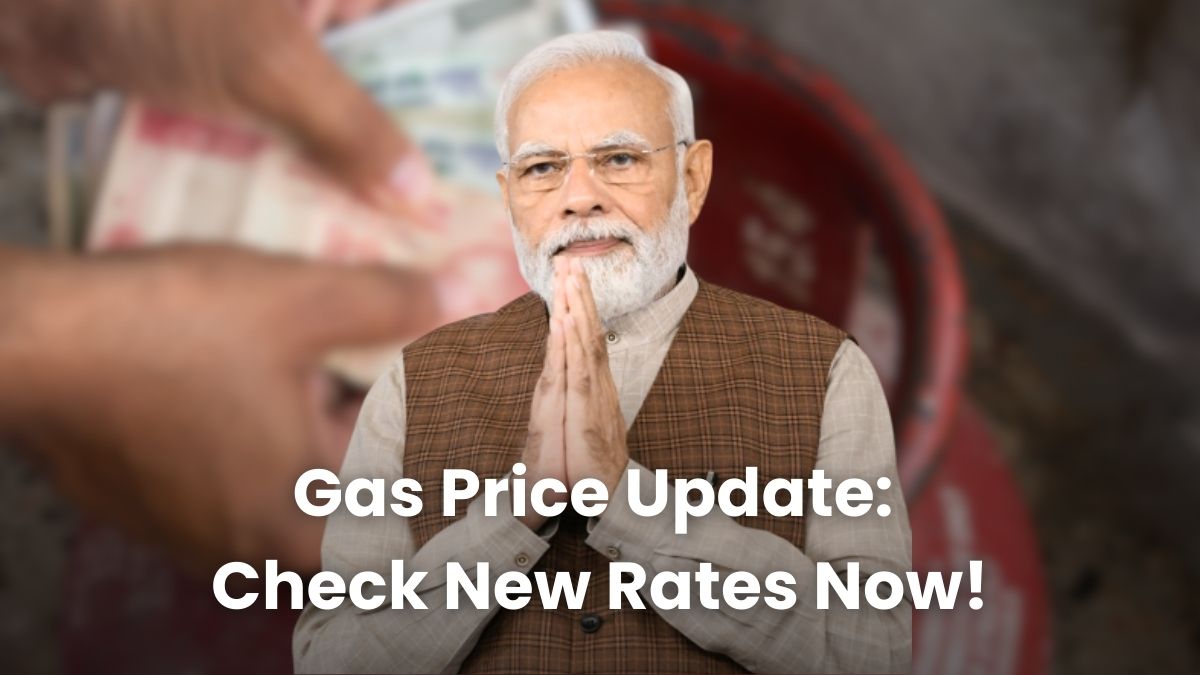LPG Cylinder Prices – If you’ve been keeping an eye on your gas expenses, here’s the latest update. With the start of May 2025, oil companies have made some changes to LPG cylinder prices across the country. This time, the revision brings mixed news for consumers. While commercial LPG cylinder prices have been reduced, there’s no relief in sight for domestic users. Let’s break down the changes and what they mean for you.
Commercial LPG Cylinders Get Cheaper
The big news is for restaurants, hotels, and small businesses that rely on commercial LPG cylinders. The price of a 19 kg commercial cylinder has been slashed by 14 rupees and 50 paise from May 1, 2025. This may not seem like a massive drop, but for small eateries and food stalls that go through multiple cylinders in a month, even a small cut makes a difference.
Here are the new commercial LPG prices in major cities:
- Delhi – ₹1,747.50
- Mumbai – ₹1,699
- Kolkata – ₹1,851.50
- Chennai – ₹1,906
Compared to last month, the decrease is a welcome change, especially for the food and hospitality sector that has been dealing with rising input costs lately. Lower gas prices could give them a little breathing space, possibly even help in keeping their menu prices stable.
Domestic LPG Cylinder Prices Stay the Same
While commercial users have some relief, domestic consumers are still paying the same rates as last month. A 14.2 kg domestic LPG cylinder is currently priced at:
- Delhi – ₹853
- Mumbai – ₹852.50
- Kolkata – ₹879
- Chennai – ₹868.50
There was a ₹50 hike in April 2025 for domestic gas cylinders, and that price still holds. Unfortunately, there’s no rollback or additional subsidy this month, which might disappoint many households already dealing with inflation in other areas like food and utilities.
Ujjwala Yojana Continues to Offer Some Relief
If you’re a beneficiary of the Pradhan Mantri Ujjwala Yojana, you’re still getting some support from the government. Under this scheme, the price of a 14.2 kg LPG cylinder is fixed at ₹553. This subsidized rate is aimed at helping low-income families switch to cleaner cooking fuels instead of traditional methods like wood or coal.
While the Ujjwala rate is significantly lower than the regular domestic cylinder cost, it’s only available to those enrolled in the scheme. Many middle-class families who fall outside this bracket are left paying the full rate without any relief.
Why the Price Fluctuates
LPG prices don’t just change randomly. They depend on a few key things: the international price of crude oil, transportation and bottling costs, and government taxes or subsidies. The main reason for this month’s commercial LPG price cut is a drop in global LPG rates. But domestic prices have stayed the same because of different subsidy structures and internal pricing strategies.
The government seems to be walking a tightrope — trying to provide relief while also managing its own budget and subsidy expenses.
What’s Next for LPG Prices
There’s a new pricing model being followed now. The government has announced that LPG prices will be reviewed every 15 days, instead of the earlier monthly updates. So, this means prices can change more frequently. If global oil prices drop further, we might see more reductions. On the flip side, if they rise again, consumers might face another hike.
This fortnightly revision might make it tough for people to plan their household budgets. Still, it also offers a chance for quicker price corrections — both up and down.
In May 2025, commercial LPG users got some relief with a ₹14.50 price cut. But for regular households, the situation remains unchanged. Domestic gas prices are still on the higher side compared to previous months, with no additional government relief so far.
The only exception continues to be for those under the Ujjwala Yojana, who are paying a much lower rate. While that helps a specific section of society, the average household still has to bear the full cost.
Going forward, keep an eye on updates every 15 days, as LPG prices could now change more often. Whether the next change brings relief or more burden remains to be seen.





